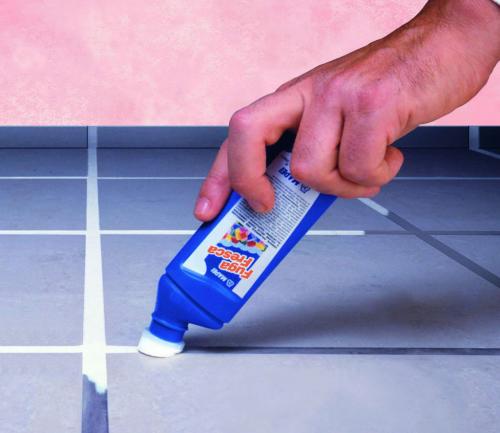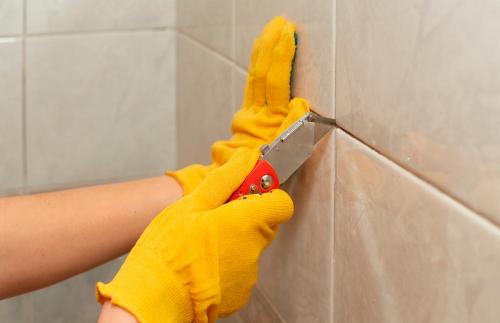Стыки материалов Connections of materials. Types of Connections in Steel Structure
Стыки материалов Connections of materials. Types of Connections in Steel Structure
Introduction
Connections are the most important and basic need of the steel structure or element, without connection the steel structure cannot construct properly. Connections connect the available standard sections of steel make huge structure. Failure of structure can be occurred if proper connection not provided. So the design of proper connections is important.
For safety and economy of structure, the major portion of cost of steel structure consists of connections.
The Connections are provided in following cases:
· When there is need to supply the heavy load and long span then the built-up- sections is to be provided. In such case, this section should be connected together to get good section.
· When longer span, the length of standard section requires to be connected with other section.
· At the end different members require to be connected.
Types of connections
Connections are generally made by bolting and welding. In field connections, bolting is commonly used, because it is simple and economical to make. From consideration of safety bolting is appropriate in field connections. Welded connections are easier to make and more efficient.
The types of connections provided in steel structure,
1. Bolted Connection
2. Welded Connection
3.
· Bolted connections are most commonly used connections, due to flexibility in assembling of its parts of structure and dissembling it.
· A bolt is metal pin with head formed at one end and shank threaded at other end through which nut can be received.
· The process of erection of structure is faster, but the material cost is high.
· It can be done with less and unskilled labors.
· Following types of bolts are used in bolted connections which depend on resultant force transferred, types of force, and force of mechanism.

o Concentric Connections: if load of structural member passes through CG (center of gravity) of the section then this types of connections are called concentric connection.
o Moment resisting connections: if the connections are subjected to moments is called moment resisting connections.
o Shear Connections: when the load occurred through shear the connections are called as shear connections.
o Tension Connection: when the load occurred through tension on the bolts connections are called as tension connections.
o Combined Tension Shear Connections: when bracket connection is used to connect the inclined member to the column of structure.
Connections are the most important and basic need of the steel structure or element, without which the steel structure cannot be constructed properly. Connections connect the available standard sections of steel to make a huge structure. Failure of the structure can occur if proper connection is not provided. Therefore, the design of proper connections is important for safety and economy of the structure.
The major portion of the cost of steel structure consists of connections, making them a crucial aspect of the structure. Connections are provided in the following cases:
- When there is a need to supply heavy loads and long spans, built-up sections are required. In such cases, the sections must be connected together to form a good section.
- When longer spans are required, the length of standard sections must be connected to other sections.
- At the end, different members must be connected.
Types of Connections
Connections are generally made by bolting and welding. In field connections, bolting is commonly used, as it is simple and economical to make. From a safety perspective, bolting is appropriate for field connections. Welded connections are easier to make and more efficient.
Types of Connections in Steel Structure
- Bolted Connection: This is the most commonly used connection, due to its flexibility in assembling and disassembling the structure's parts.
- Welded Connection: This type of connection is easier to make and more efficient, but it requires specialized equipment and skilled labor.
- Other Types of Connections: There are other types of connections, including:
- Adhesive Bonded Connection: This type of connection uses adhesives to bond the parts together.
- Mechanical Connection: This type of connection uses mechanical fasteners, such as screws or rivets, to hold the parts together.
Bolted Connection
A bolt is a metal pin with a head formed at one end and a shank threaded at the other end, through which a nut can be received. The bolt is tightened by turning the nut, which causes the shank to compress the material being connected, creating a strong bond.
Как оформить стык плитки и краски на стене. Выбор материала для работы (тип, цвет и др.)
Кафельной плиткой обычно выкладывают поверхности, часто контактирующие с водой или подвергающиеся регулярной влажной уборке. Это надо учитывать при выборе материала для реставрации и покраски промежутков между плитками.
Требования к краске для межплиточных швов:
- хорошая адгезия к затирке;
- устойчивость к истиранию;
- нерастворимость в воде;
- водоотталкивающие свойства;
- наличие в составе противогрибковых добавок.
Цвет лакокрасочного покрытия может быть любым. Самый распространенный – белый, т. к. светлые швы хорошо сочетаются с большинством оттенков, а также создают впечатление идеальной чистоты. Альтернативой белому цвету являются черные и цветные краски, либо пигменты, которые добавляют в белый ЛКМ. С их помощью можно красиво оформить стену или пол из кафеля, сделав швы темными, контрастными или сливающимися с общим фоном.
Водоэмульсионная краска: за и против

Покрасить пространства меж плитками проще всего водоэмульсионкой. Водоэмульсионные ЛКМ имеют несколько плюсов:
- невысокая цена;
- простота в работе;
- хорошая адгезия к материалу затирки;
- возможность окрасить шов в любой цвет;
- отсутствие в составе вредных компонентов;
- быстрое высыхание.
К минусам материалов этого типа относится их низкая устойчивость к истиранию и влаге. По этим причинам водоэмульсионная краска не подходит для обновления межплиточных швов в ванной комнате, душевой или рабочей части кухни. Ею также не следует отделывать пространства между плитками на полу и в других местах, часто подвергающихся влажной уборке.
Маркер: плюсы и минусы
Маркер для закраски межплиточных промежутков позволяет быстро и без усилий устранить неопрятный вид затирки. Он обеспечивает ровную линию без дополнительных ухищрений вроде оклейки прокрашиваемого участка малярным скотчем.
Плюсы покраски с помощью маркера:
- простота использования;
- экономия времени;
- быстрое высыхание;
- водостойкость;
- нетоксичность;
- получение прочного покрытия;
- защита швов от грибка в будущем.
Однако этот удобный способ реставрации швов имеет и свои минусы. Пользоваться маркером выгодно лишь при небольшом объеме работ. Одного карандаша хватает примерно на 5–10 метров прокраски. Кроме того, наконечник карандаша имеет тенденцию стираться от шероховатостей затирки. Нарисованная разрушенным наконечником линия выглядит неаккуратно. Зная об этой проблеме, некоторые производители прилагают к своим маркерам один или несколько запасных сменных наконечников.
Специальные краски для межплиточных швов (примеры)
Специальные красители для плиточных швов позволяют освежить первоначальный оттенок затирки, либо кардинально изменить его. Покупая этот вид ЛКМ, следует учитывать состав материала, из которого сделана затирка. Большинство красителей хорошо совместимы с обычной затиркой, но плохо держатся на эпоксидной.
Примеры красок для межплиточных швов:

Другие варианты

Если затирочный материал старый и на нем имеются выкрошенные участки или трещины, то вместо покраски лучше произвести полную реставрацию швов. В этом случае затирку удаляют на глубину не менее 4–5 мм с помощью узкого острого инструмента. Удаление лучше выполнять вручную, т. к. электрические инструменты типа перфоратора могут повредить края кафеля.
После удаления затирочного материала межплиточные промежутки очищают от пыли пылесосом и заполняют новой смесью. Если хочется сделать шов цветным, то вместо готовой окрашенной затирки можно воспользоваться следующим рецептом: в смесь нейтрального цвета добавляют один из порошкообразных пигментов, используемых для изготовления цветной бетонной плитки.